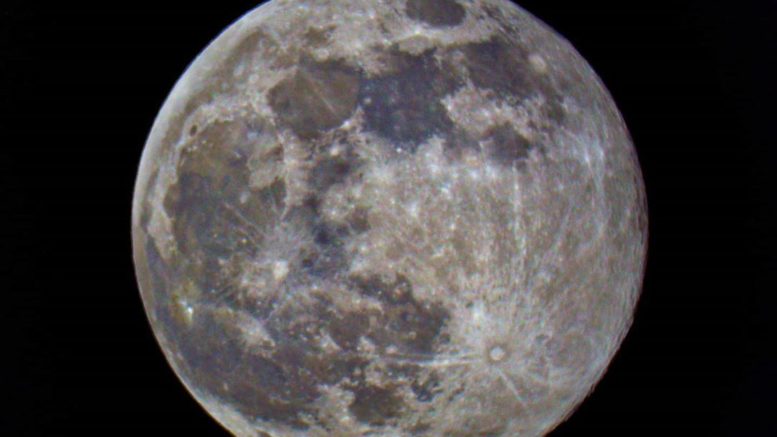Winter can always be a tough time in the Pacific Northwest with cold temperatures, cloudy and wet weather, and the potential for some light snow thrown in to make things interesting. With the shorter days and longer nights, there is certainly more time during clear nights to go outside and view the sky! However, with the limited number of opportunities, we will provide our recommendations for the Top 5 Most Reliable Winter Astronomical Targets! Note, that this goes from the technical dates for winter of the Winter Equinox to the Spring Equinox. Some might consider events before the Winter Equinox in December part of Winter, but that is technically part of Spring.
These are not an exhaustive list, but rather a starting point for those getting started looking at the nigh sky and provide a challenge for astronomers at every level of observing. We have taken the time to include in this list objects for those who are utilizing a wide variety of gear, whether it be the naked eye, binoculars, telescopes, and astrophotography. If you are looking for a more advanced list of some summer astrophotography targets or astrophotography basics or unique astronomy sites, check out the resources that we have provided.
The Winter Triangle is a popularly known pattern or group of stars that can be seen in the night sky in the northern celestial hemisphere to help astronomers find other objects in the sky. During the Pacific Northwest summer nights, the stars that makeup the summer triangle appear virtually overhead and help guide astronomers to other celestial objects. This triangle forms an imaginary equilateral triangle drawn on the celestial sphere, with its defining vertices at the stars Sirius, Betelgeuse, and Procyon. The stars are the primary stars in the constellations of Canis Major, Orion, and Canis Minor, respectively.
The Quadrantids is an above average shower, with up to 40 meteors per hour at its peak. It is thought to be produced by dust grains left behind by an extinct comet known as 2003 EH1, which was discovered in 2003. The shower runs annually from January 1-5. It peaks this year on the night of the 3rd and morning of the 4th. The waning gibbous moon will block out most of the faintest meteors this year. But if you are patient, you should still be able to catch a few good ones. Best viewing will be from a dark location after midnight. Meteors will radiate from the constellation Bootes, but can appear anywhere in the sky.
3. Orion Nebula
One of the most famous winter nebula that is visible for astronomers for all skills alike. The Orion Nebula is a popular nebula to photograph as the barrier to entry is a DSLR and a tracker. With those imaging and tracking hardware, one can get a good image with high quality for low image time. Plus, Orion looks great under a telescope or binocular view too with a plethora of gas and color visible.
4. M45 – The Pleiades Cluster
M45 – The Pleiades Cluster, otherwise known as Seven Sisters, is an open star cluster that is visible to the naked eye. This cluster will remain overhead for winter astronomers for the entirety of the Pacific Northwest winter. M45 is close to the Orion Nebula and makes for a great target for telescopes, binoculars, and viewing for all skill levels.
5. M1 – The Crab Nebula
M1 The Crab Nebula is a very pretty nebula that although not visible to the naked eye, is visible to those using binoculars and telescopes. This beautiful Nebula represents the fragments of a supernova, which was observed by earthly skywatchers in the year 1054. The Nebula was given the name the Crab Nebula because when seen through a telescope with the human eye, it appears vaguely like a crab.

Be the first to comment on "Top 5 Most Reliable Winter Astronomical Targets"